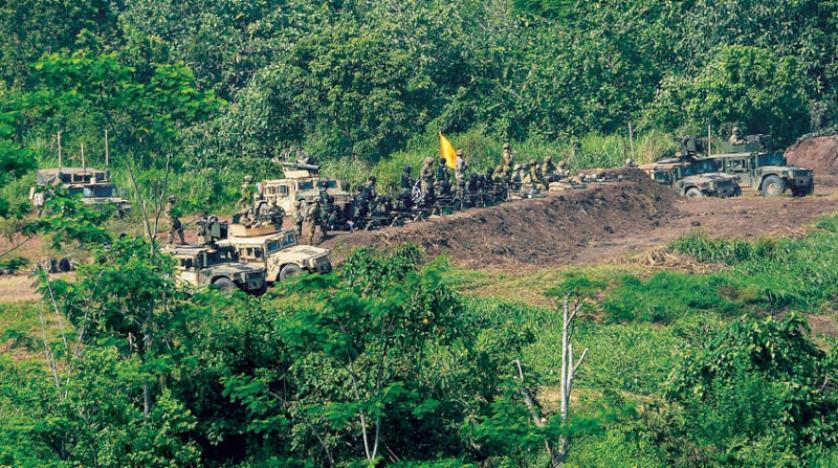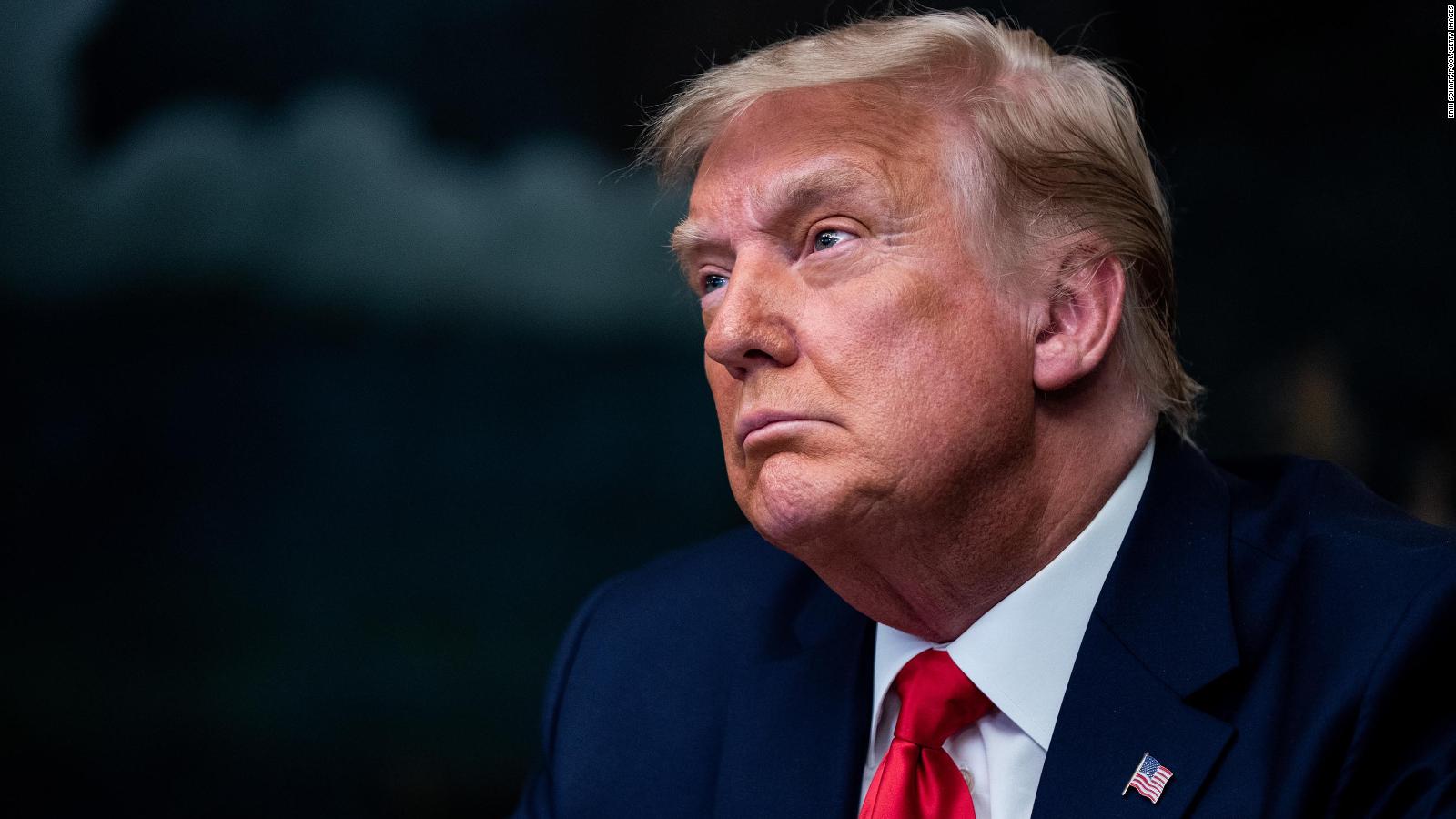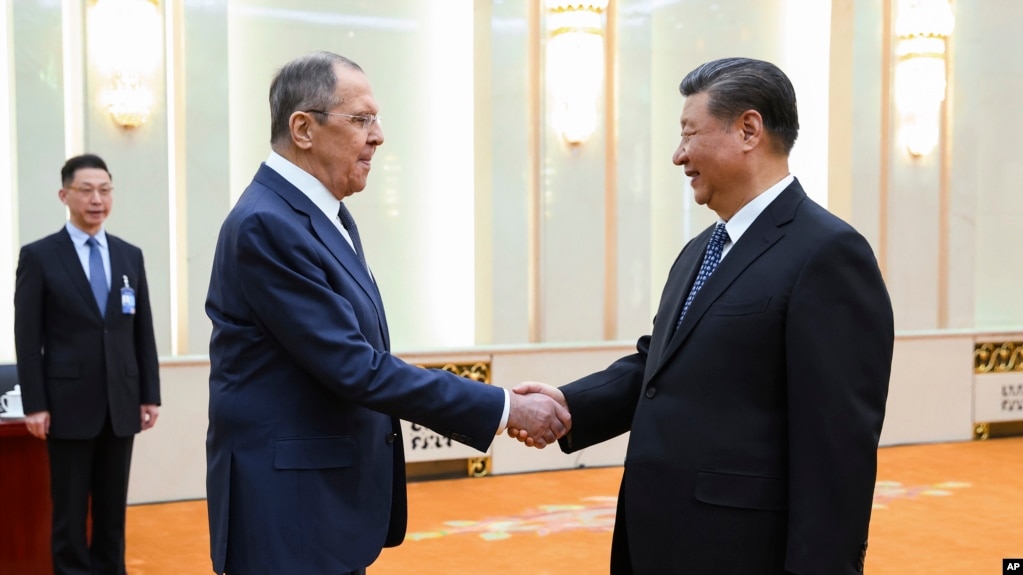Taiwan is one of these points of divergence that is now attracting considerable attention on the international scene, which is in turmoil due to the war in Ukraine.
Major political debates and rivalries often give way, if the conditions are right, to subtle geographical divergences that become a source of lasting crisis or a fuse to ignite further conflicts. Taiwan is one of these points of divergence, which today is attracting considerable attention on an international stage that has been turbulent due to the war in Ukraine. While some see it as the potential epicenter of a crisis that could put the brakes on the process of reshaping the international system, others see it as an opportunity to chart a new map of regional and international balances.
The US administration has realized that Washington’s decades-long policy of ‘strategic ambiguity’ in its policy towards the island of Taiwan is no longer valid. Because today’s China is very different from the China of the 1970s of the last century, and because the possibility of a military invasion has become a reality, it is forced to intervene in such a situation.
All observers interviewed over the past two days in Taipei, the capital of Taiwan, emphasized that the new composition of the 7-member Central Military Commission (CMC) after the recent CCP Congress, which paved the way for Chinese President Xi Jinping to remain the leader of the CCP for another five years, has other currents in the leadership seats.
Wang Litaw, a writer for the United Daily News (UDN), pointed out that the communiqué from the last CCP Congress emphasized that the Chinese People’s Liberation Army must be equipped with state-of-the-art equipment and must be victorious in regional wars in this period of changes and developments.
In his speech at the CCP Congress, Chinese President Xi said, “Taiwan belongs to China”. He reiterated that every effort should be made to maintain the peaceful continuation of the union, but stressed that Taiwan will not give up the option of using military force to stop any provocation or foreign interference in its internal affairs and to keep a handful of separatists on the island.
Stating that tensions with the West will continue to rise in the next five years, Xi said, “The Central Military Commission includes people who are ready to fight. Because those who lack the spirit of struggle have no place in the CCP.”
It is worth mentioning here that for the first time, the CCP Congress has decided to amend the Party’s charter in the context of the fight against Taiwan’s independence. Taiwan’s Defense Minister Chiu Kuo-cheng has expressed concern about the latest signals coming from China, reflecting a new, stricter strategy and a clear bet on technological warfare.
In its new national security strategy, Washington recently warned that ‘China is the only country that seeks to reshape the international system and uses its economic, diplomatic, military and technological power to do so’.
Tensions between Washington and Beijing have escalated on many fronts, reaching a peak after US House Speaker Nancy Pelosi visited Taiwan in early August. China responded with large-scale military exercises in the Taiwan Strait and suspended cooperation with the United States in several vital areas, including combating climate change.
While the Taiwanese recognize that they are fully dependent on US military and political support, they fear the repercussions of Washington using the island’s struggle with Beijing against them. They do not hide their dissatisfaction with US hard-liners, most recently US President Joe Biden’s statement at a joint press conference with Japanese Prime Minister Fumiyo Kishida, in which he claimed that the US would intervene militarily if China attacked Taiwan.
Biden’s statement angered Chinese officials and embarrassed many senior US foreign policy officials. Among them are Biden supporters inside and outside the US Administration. Immediately after Biden’s statement, the US State Department was forced to declare that US policy on Taiwan has not changed.
The real problem, however, is this policy of 1979, when Washington recognized the People’s Republic of China as the sole legitimate representative of the Chinese nation and renounced recognition of Taiwan. This policy is based on an equation that contains a seed of contradiction. On the one hand, the United States continues to accept Beijing’s recognition that Taiwan is not a separate sovereign entity, while on the other hand it refuses to accept Beijing’s declaration that Taiwan is part of China. This contradiction is evident in the Sino-US joint statement issued in December 1978. In Chinese, it states that the US ‘recognizes’ Taiwan as part of China, while in English it states that the US ‘recognizes the Chinese declaration’ that Taiwan is part of China. This contradiction comes after the US closed its embassy in Taiwan and exchanged ambassadors with China, and the US Congress passed the ‘Taiwan Relations Act’, which stated that US ties with the People’s Republic of China were based on ‘peaceful determination of Taiwan’s future’. Beijing did not comply at the time and has not abandoned this position. Washington also pledged to provide Taiwan with defensive weapons and to ‘preserve the ability of the United States to counter any use of force or violence that threatens the security as well as the economic and social order of the people of Taiwan’.
This policy, dubbed ‘strategic ambiguity’ by the United States, is being implemented under the pretext of using it if its existence is threatened by Israel’s position on nuclear weapons, which it refuses to recognize that it possesses. In the case of Taiwan, however, this characterization is not accurate. The United States does not recognize Taiwan as a nation, which it says it is ready to defend, without specifying what means it will use, and for which it provides military equipment. The US, whose means of defending Taiwan are shrouded in mystery, does not rule out the use of nuclear weapons in terms of mutual annihilation, one of the pillars of the nuclear powers’ war doctrine.
Taiwan analysts believe that the US policy of strategic ambiguity has yielded the desired results as long as China is not willing or able to use force to reunite the rebel territory with the mainland. With China’s rise to the world’s second economic power under the great reform leader Deng Xiaoping, following a model closer to the capitalist system and pursuing a policy of opening up, it was thought that China would not squander this success by resorting to a military solution to ‘liberate’ Taiwan. However, Beijing’s true intentions were revealed when it became clear that Beijing’s claim that it would allow Hong Kong, a former British colony, to continue as a global financial center governed by rules different from those of the People’s Republic of China after its annexation to the mainland did not reflect reality and that it would not keep its promises. It also confirmed that when it used the slogan ‘One China’, it meant submission to a single system. Hopes of a Hong Kong-style solution to the Taiwan problem have evaporated. Doubts and questions are now limited to the timing of the unification step and the means Beijing will use to achieve it.
There is no doubt that Russia’s invasion of Ukraine was the motivation behind Biden’s remarks in which he pledged to help Taiwan in the event of a military attack from China, which caused confusion and concern in the US State Department. This was motivated by the idea that Russia’s invasion of Ukraine might whet Beijing’s appetite for a similar move. This was reflected in the US saying that its responsibility towards Taiwan had increased after the war in Ukraine. But it clearly did not take into account that Ukraine’s resistance to Russia’s invasion was a direct warning to Beijing.
Military analysts also agree that the cost of a Chinese invasion of Taiwan would be very high for the Chinese military, which has little combat experience compared to the Russian military. The last war in which the Chinese army participated was the Vietnam War, in which it suffered a major defeat in 1979.
Washington’s main problem is that, despite the confusion caused by Biden’s statements and his repeated missteps, the policy of strategic ambiguity is no longer valid in the current circumstances. China today is more confident, more firm in its positions and far more militarily capable than it was in the late 1970s. Therefore, the possibility that it might take military action to regain Taiwan can no longer be ruled out. Beijing knows very well that despite Russia’s invasion of Ukraine, the United States continues to shift its military center of gravity from the Middle East and Europe to the Pacific Ocean. It is trying to consolidate its military ties with Australia and South Korea, as well as with Japan, which seems ready to change its Constitution in order to increase military spending. Japan recently announced an increase in its defense budget to 2 percent of this year’s gross domestic product (GDP).
All this leaves Washington with the question: is China the main military threat to the US and its Asian allies? If so, the following questions need to be asked: What are the ways to confront this threat and how far can Washington go? Is the US prepared to go to war with China in defense of Taiwan or will it try to maintain the status quo through diplomatic means? If Beijing invades Taiwan, will Washington accept that it cannot respond?
But this last hypothesis is hardly a choice based on the views of US military planners, and all indications point to the opposite. Because a decision to abandon Taiwan to its fate would send another message that US military assurances are worthless and would undermine the legitimacy of US hegemony based on military power.
Taiwan’s recognition and history
When Portuguese sailors landed on the island now known as Taiwan in 1542, they were amazed by its enchanting nature and decided to name it Formosa, which means beautiful. Taiwan was known as Formosa until the early 20th century.
In 1895, China ceded Taiwan, surrounded by 168 small islands, to Japan. It took it back on behalf of the Allied forces after Japan’s defeat late in World War II in 1945.
During the civil war in 1949, Chinese central government officials announced the establishment of the Republic of China, which is still Taiwan’s official name today, after communist revolutionaries fled to Taiwan.
The world began to talk about the ‘economic miracle’ in Taiwan, which went from a one-party military regime in the early 1970s to a multi-party democracy in the late 1980s.
Today Taiwan is considered the 19th economic power in the world. With a surface area no bigger than Lebanon, Taiwan has a population of 23 million. Taiwan’s economy is based on the steel, chemicals, advanced electronics and semiconductors industries. Taiwan ranks 20th in the world in terms of per capita income and 10th in terms of freedoms, health care and human development.
Taiwan represented China at the UN until 1971, when the UN General Assembly decided to recognize the People’s Republic of China. However, it still insists on claiming to be China’s sole legitimate representative at the UN.
Beijing refuses to establish diplomatic relations with countries that recognize Taiwan, which has diplomatic relations with only 14 countries. However, it has diplomatic ties with many countries through embassies and consulates as well as representative offices. The international institutions and organizations of which Beijing is a member generally either deny Taiwan membership or approve its membership only with different qualifications and names.
The main contention within Taiwan’s political forces is between those who advocate unity with Beijing and gradual integration into the People’s Republic of China, and those who advocate international recognition of Taiwan on the basis of its national identity.
Source of the news: https://turkish.aawsat.com





